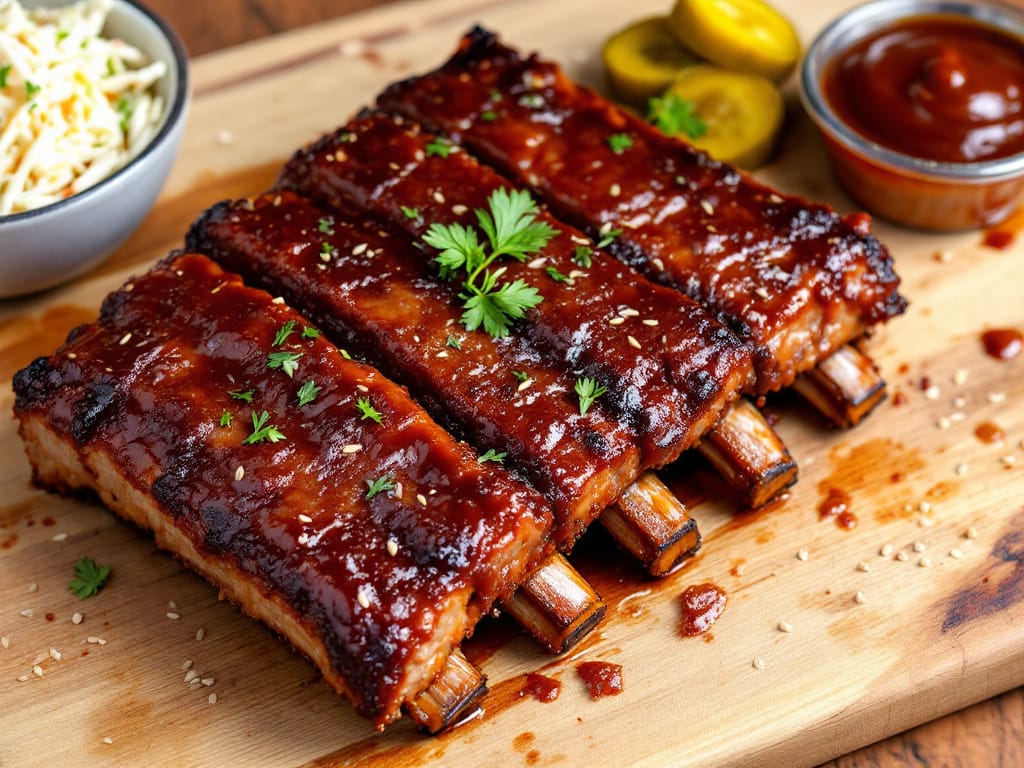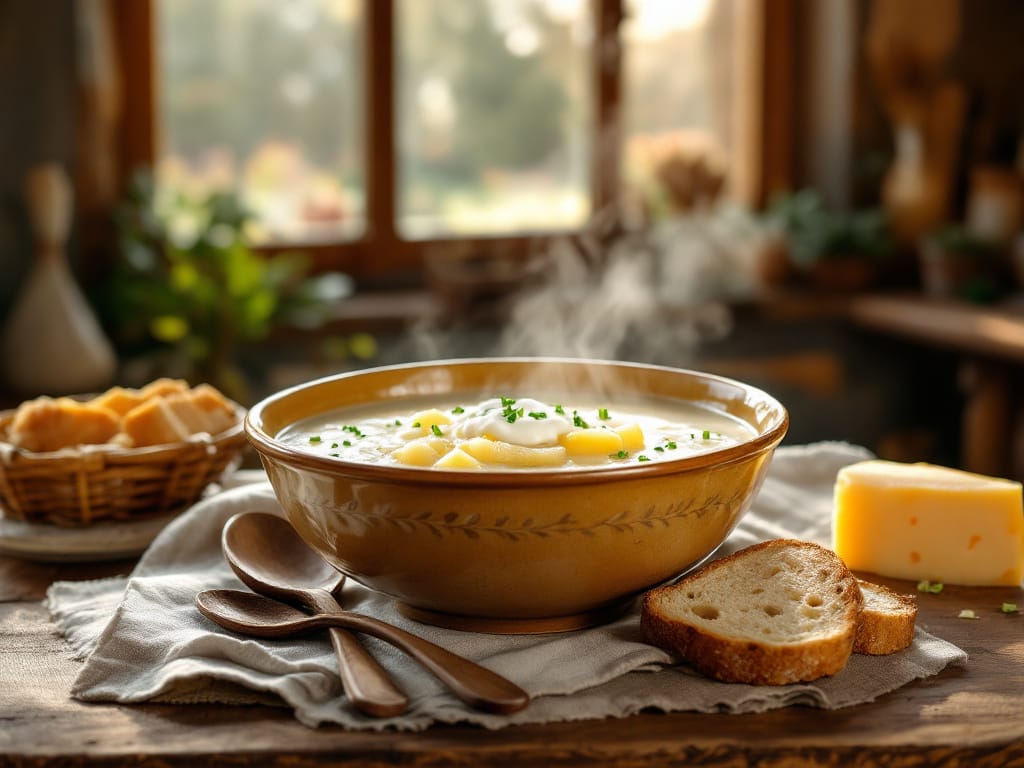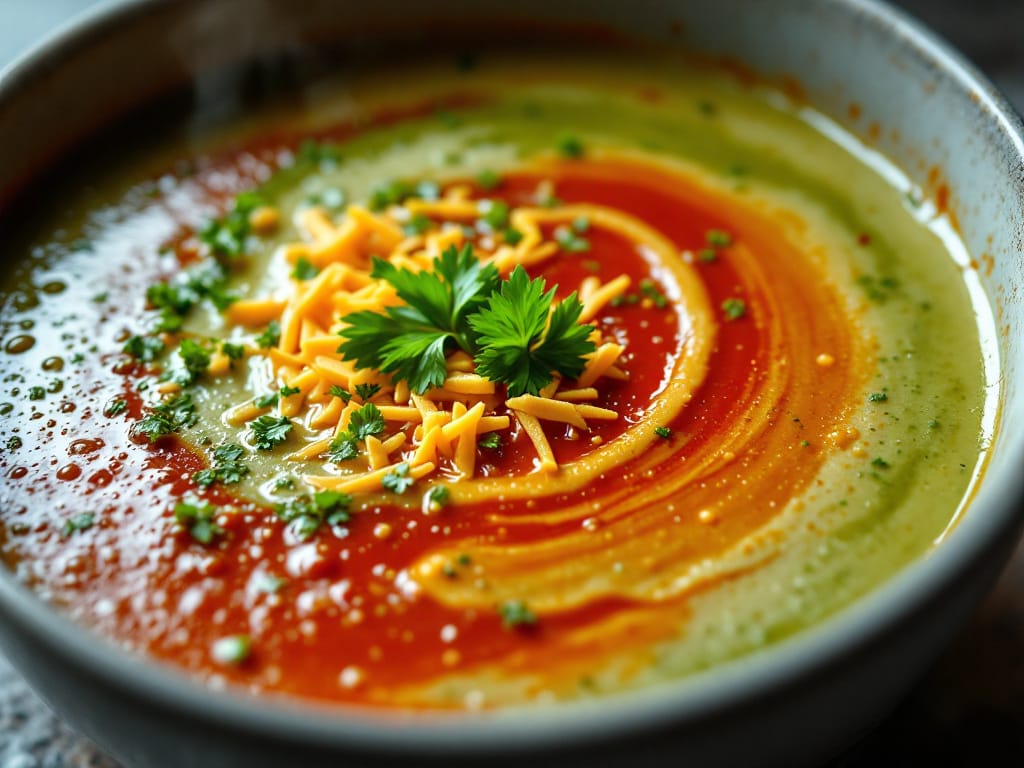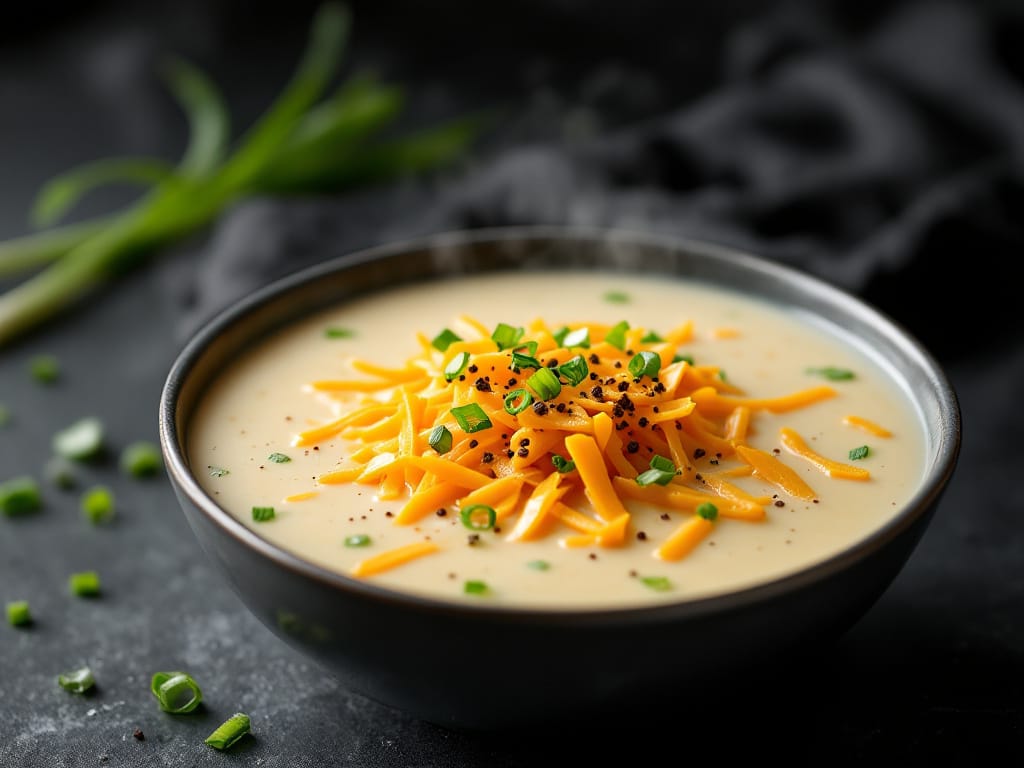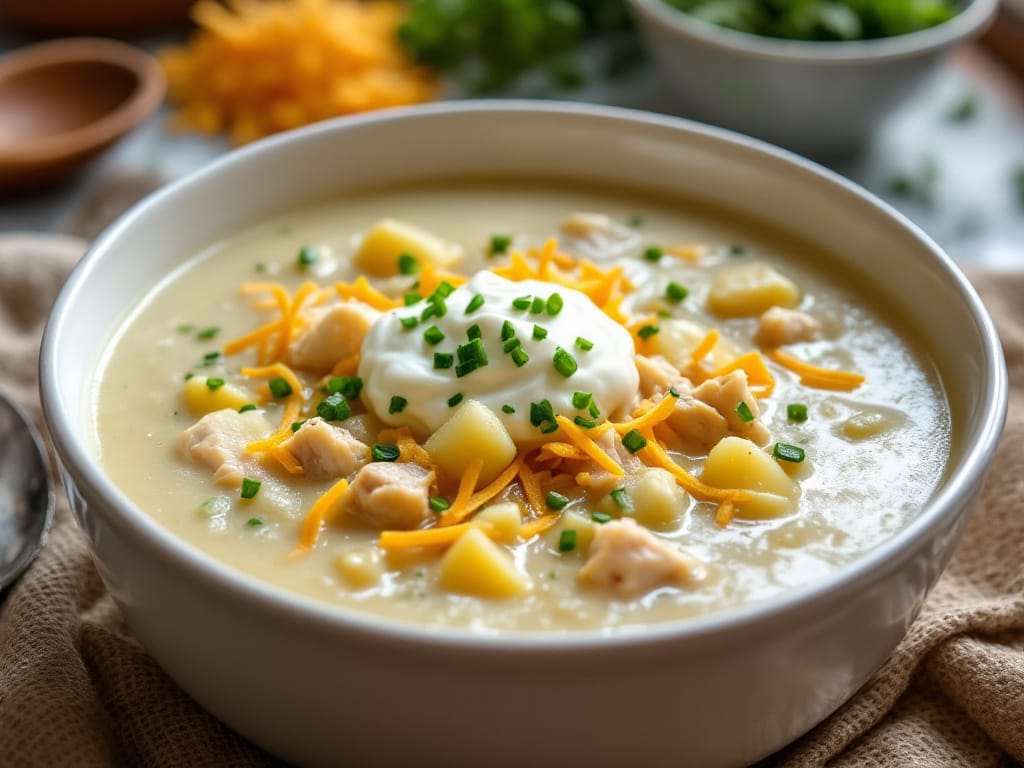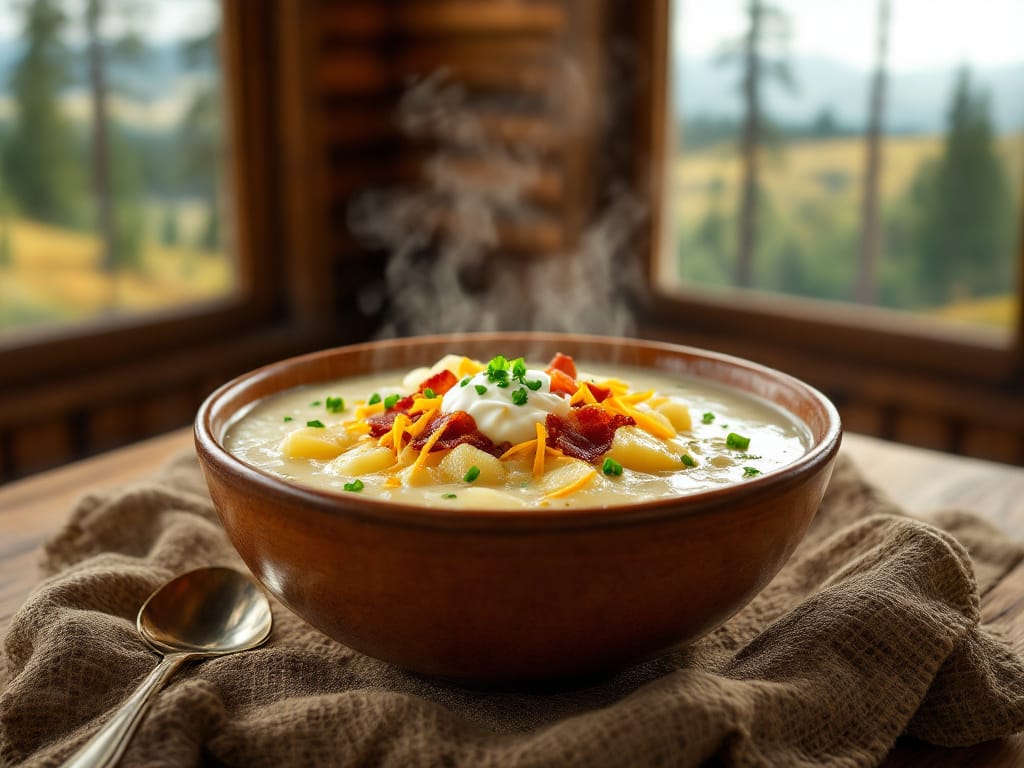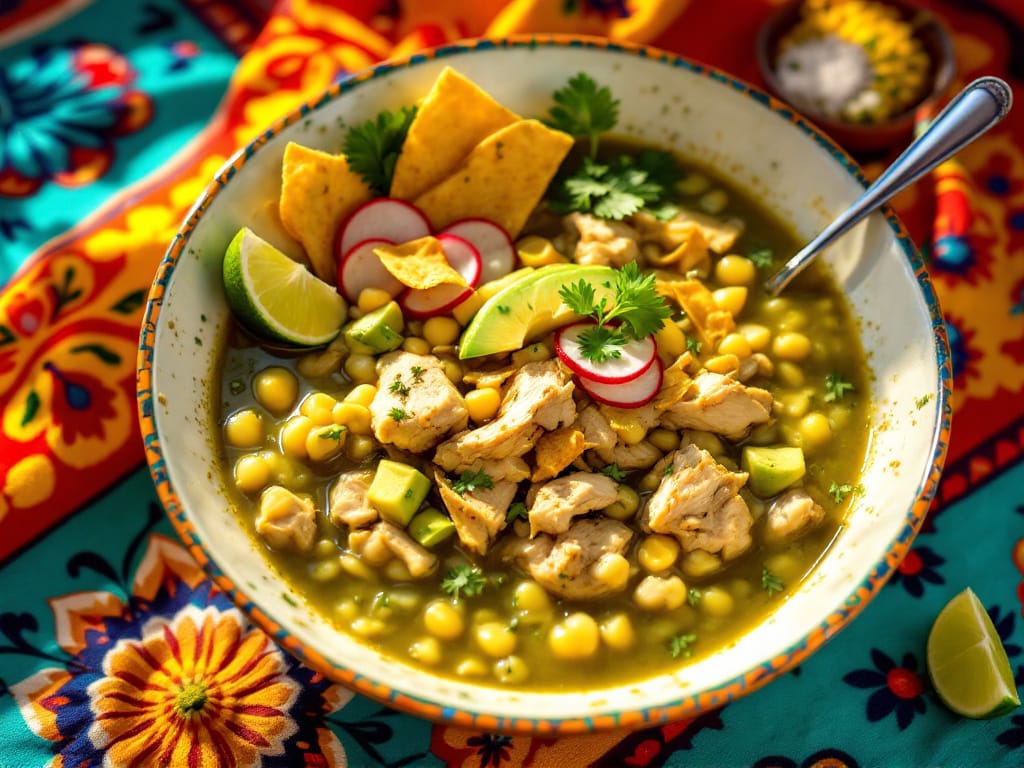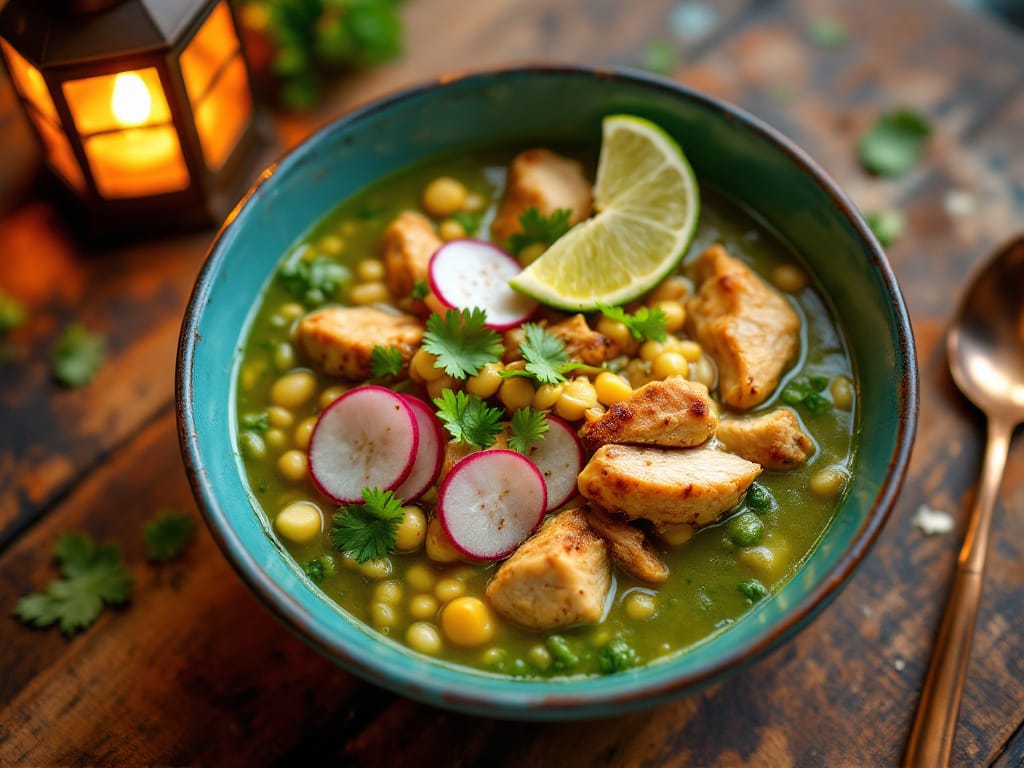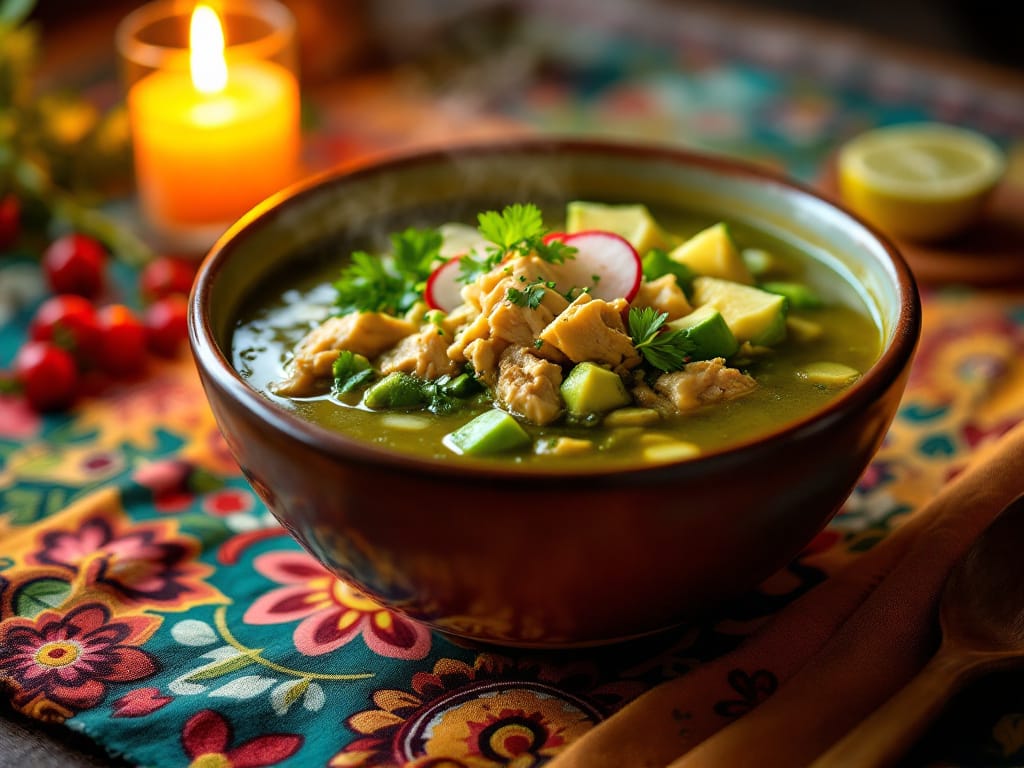Cooking ribs is an art form cherished by barbecue enthusiasts. Among the many techniques available, the 3-3-3 rule for ribs has emerged as a go-to method for achieving perfectly tender and flavorful BBQ ribs. This method, which emphasizes slow cooking and a balance of smoke and moisture, stands out among other rib cooking techniques like the 3-2-1 method. By using the 3-3-3 method, you can create ribs with a tender interior and a smoky crust that BBQ lovers dream about.
What is the 3-3-3 Rule?
The 3-3-3 rule is a rib-cooking method involving three equal phases of three hours each:
- Three hours of smoking the ribs directly on the grill.
- Three hours of cooking wrapped in foil or butcher paper.
- Three hours unwrapped to finish cooking and caramelize the sauce.
This method differs from the 3-2-1 method by extending each phase for a total of nine hours, enhancing the smoky flavor and allowing for maximum tenderness. It is best suited for spareribs, St. Louis-style ribs, and baby back ribs. The prolonged process ensures a balanced mix of juiciness and smokiness that elevates the barbecue experience to new levels.
If you’re interested in other ways to prepare flavorful dishes, check out the Easy Prime Rib Roast Guide, which offers insights into mastering roast recipes.
Step-by-Step Guide to the 3-3-3 Rule
Initial Smoking for 3 Hours
The first phase of the 3-3-3 rule focuses on infusing the ribs with a deep, smoky flavor. Proper preparation and setup are key to success in this stage.
Preparing the Ribs
- Remove the Membrane:
Begin by removing the thin, tough membrane on the back of the ribs. This ensures that smoke and seasonings penetrate the meat evenly. Use a knife to loosen the membrane and pull it away with a paper towel for a firm grip. - Season Generously:
Apply a light coat of mustard or olive oil to help the dry rub adhere. Then, cover the ribs thoroughly with your favorite rub. Popular options include blends of paprika, garlic powder, brown sugar, and cayenne.
Setting Up the Grill/Smoker
- Preheat your smoker or grill to 225°F. This low-and-slow temperature is essential for breaking down connective tissue and rendering the fat.
- Choose hardwoods like hickory, applewood, or pecan for a balanced smoky flavor.
- Place the ribs bone-side down on the grill grates, ensuring even exposure to the smoke.
Benefits of the Smoking Phase
- The first 3 hours allow the ribs to absorb the rich flavor of the smoke.
- The dry rub forms a flavorful bark that adds texture and depth to the ribs.
- This phase lays the foundation for tender, juicy meat by slowly cooking the ribs.
Wrapping and Cooking for 3 Hours
Wrapping the Ribs
- Remove the ribs from the smoker and place them on a sheet of heavy-duty foil or butcher paper.
- Add moisture by including liquids such as:
- Apple juice for a sweet, tangy flavor.
- Apple cider vinegar to balance sweetness with acidity.
- Butter and honey for richness.
- Seal the foil tightly to trap steam, which helps break down the collagen and create ultra-tender ribs.
Cooking Temperature
Keep the smoker or grill at 225°F. Place the wrapped ribs back on the smoker, ensuring they remain flesh-side down for even cooking.
Common Mistakes to Avoid
- Over-wrapping: Avoid using multiple layers of foil, which can insulate the ribs and hinder smoke penetration.
- Skipping the liquid: Forgetting to add moisture can result in dry ribs.
- Opening the foil too soon: This can release steam and slow down the tenderizing process.
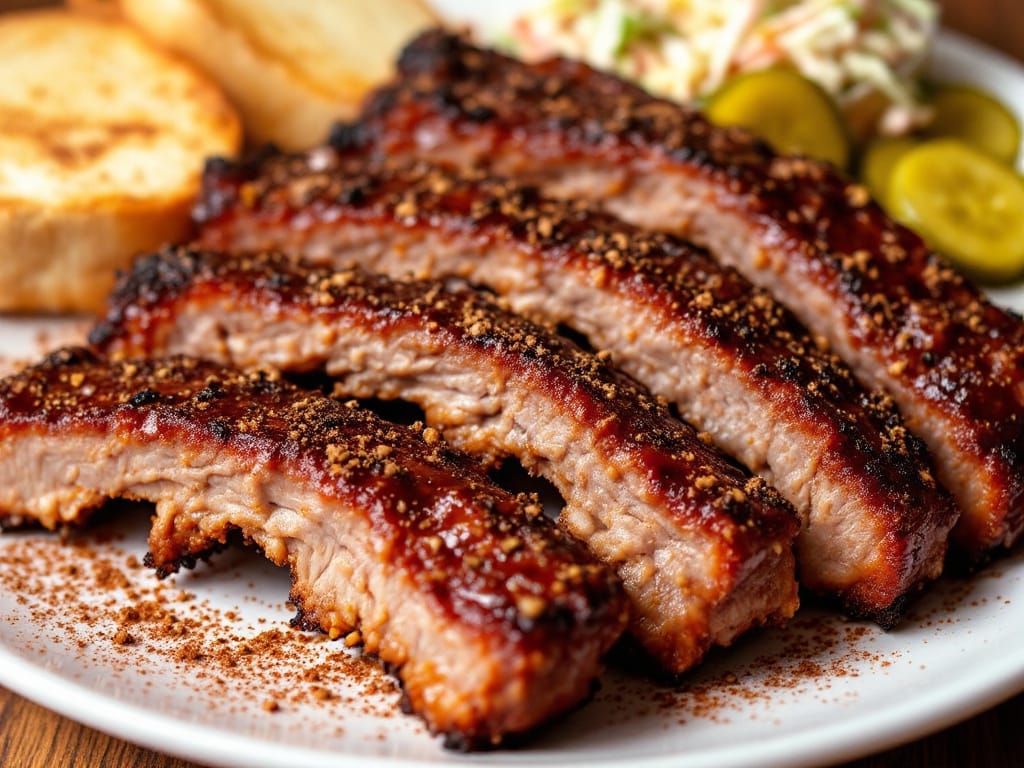
Final Smoking for 3 Hours
The final phase focuses on caramelizing the sauce and developing the perfect crust while ensuring the ribs are fully cooked.
Unwrapping the Ribs
- Carefully remove the ribs from the foil and place them back on the smoker, bone-side down.
- At this stage, you can add more seasoning or start applying your favorite barbecue sauce.
Enhancing Flavor
- Glazing: Brush the ribs with BBQ sauce every 20–30 minutes to build layers of flavor. Use sauces with a balance of sweetness and acidity for the best results.
- Spritzing: If you prefer dry ribs, spritz them occasionally with a mixture of apple juice and apple cider vinegar to keep them moist.
Tips for a Perfect Crust
- During the last 30 minutes, increase the temperature slightly to help caramelize the sauce and form a tacky crust.
- Monitor the ribs closely to avoid burning the sauce.
Signs the Ribs Are Ready
- Internal Temperature: Use a thermometer to check if the ribs are between 190°F and 200°F. This ensures they are tender and cooked through.
- Appearance: The meat should pull back slightly from the bones, and a toothpick should slide through the meat with minimal resistance.
By following these steps, you’ll create ribs that are smoky, tender, and bursting with flavor—a true barbecue masterpiece.
For tips on achieving the perfect balance of texture and flavor, you might also explore Why Use Evaporated Milk in Mac and Cheese, which demonstrates how small tweaks can elevate a dish.
Comparison with Other Rib Methods
3-3-3 vs. 3-2-1 Method
The 3-3-3 rule and 3-2-1 method are both designed to produce tender, flavorful ribs, but they differ significantly in cooking times and outcomes.
Key Differences
- Cooking Time:
- The 3-3-3 rule involves a total of nine hours of cooking, compared to six hours for the 3-2-1 method.
- The extended smoking and cooking time in the 3-3-3 rule intensifies the smoky flavor and tenderness.
- Texture:
- The 3-3-3 rule produces a firmer texture with a well-developed bark on the ribs.
- The 3-2-1 method often results in “fall-off-the-bone” ribs that are softer and more tender.
Pros and Cons of Each Method
- 3-3-3 Rule:
- Pros: Superior smoky flavor, enhanced bark, and more control over the final texture.
- Cons: Requires more time and patience.
- 3-2-1 Method:
- Pros: Faster and more beginner-friendly, with guaranteed tender results.
- Cons: Can sometimes produce ribs that are overly soft or lacking in smokiness.
For those who prefer deeply smoky and textured ribs, the 3-3-3 rule is the ideal choice. However, if you’re short on time or new to smoking, the 3-2-1 method is a reliable alternative.
Common Variations of the 3-3-3 Rule
The 3-3-3 rule is versatile and can be adapted to suit various preferences, rib sizes, and smoker types.
Adjusting Cooking Times
- For smaller cuts, such as baby back ribs, reduce each phase to 2–2–2 hours to prevent overcooking.
- If using a charcoal grill instead of a smoker, you may need to extend the smoking phase slightly to achieve the desired level of smokiness.
Alternative Ingredients and Flavors
- Liquids for Wrapping:
Experiment with different liquids to enhance the flavor:- Beer or bourbon for a rich, smoky finish.
- Pineapple juice for a tropical twist.
- Dry Rubs and Sauces:
Add variety with unique spice blends or regional sauces:- A Memphis-style dry rub for a bold, spicy kick.
- Carolina mustard-based sauce for tangy, savory notes.
These variations allow you to customize the 3-3-3 rule to create ribs tailored to your personal taste and preferences, ensuring delicious results every time.
Tips and Tricks for Perfect 3-3-3 Ribs
Essential Equipment and Tools
The right equipment can make all the difference when preparing ribs using the 3-3-3 rule. Here’s what you’ll need for consistent, mouthwatering results:
Smokers
- Pellet Smokers: Ideal for beginners, as they maintain a steady temperature and require minimal supervision.
- Offset Smokers: Perfect for those seeking a traditional smoking experience with maximum control over smoke and heat.
- Kamado Grills: Versatile and capable of maintaining low temperatures for extended periods.
Thermometers
- Invest in a digital meat thermometer to monitor the internal temperature of the ribs accurately.
- Consider a dual-probe thermometer, which lets you track both the smoker temperature and the meat simultaneously.
Wrapping Materials
- Use heavy-duty aluminum foil or butcher paper for the wrapping phase. Butcher paper allows for more airflow, which can enhance the bark, while foil locks in moisture.
Having these tools on hand ensures precision and makes the cooking process smoother, allowing you to focus on perfecting the flavor.
Troubleshooting Common Issues
Even with careful preparation, issues can arise when cooking ribs. Here’s how to fix some of the most common problems:
Dry Ribs
- Solution: Increase the amount of liquid during the wrapping phase, such as apple juice or melted butter. Also, avoid overcooking during the final phase.
Undercooked Meat
- Solution: Use a thermometer to ensure the internal temperature reaches 190°F–200°F. If ribs are underdone, return them to the smoker and extend the cooking time.
Lack of Flavor
- Solution: Be generous with your rub and consider spritzing the ribs with apple cider vinegar or juice throughout the process to enhance smokiness and moisture.
By addressing these challenges, you’ll be able to create ribs that are tender, flavorful, and consistently satisfying.
For more culinary inspiration, don’t miss the Ultimate Fish Chowder Recipe, perfect for pairing with a BBQ feast.
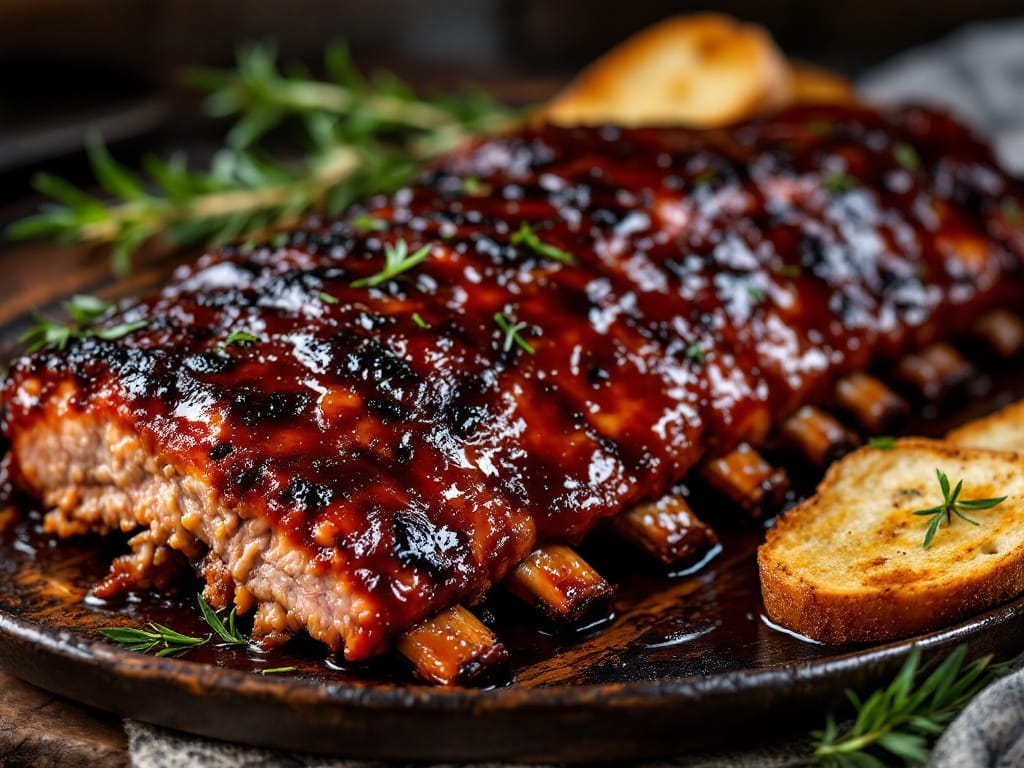
FAQs About the 3-3-3 Rule
What type of ribs work best for this method?
The 3-3-3 rule works well with:
- Spare ribs: Larger and meatier, ideal for long cooking processes.
- St. Louis-style ribs: A trimmed version of spare ribs with a more uniform shape for even cooking.
- Baby back ribs: Smaller and leaner, but adjust the timing (e.g., 2-2-2 rule) to prevent overcooking.
Can I use a gas or charcoal grill for 3-3-3 ribs?
Yes, but some adjustments are needed:
- For a gas grill, use a smoker box filled with wood chips and maintain consistent heat at 225°F.
- For a charcoal grill, set up indirect heat and add wood chunks for a smoky flavor. Regularly monitor the temperature to avoid fluctuations.
How do I know if my ribs are done?
Your ribs are done when:
- The meat pulls back from the bones by about ½ inch.
- A toothpick slides into the meat with little resistance.
What’s the ideal internal temperature for ribs?
The internal temperature should be between 190°F and 200°F. At this range, the connective tissues break down, resulting in tender, juicy meat.
Can I substitute other liquids or rubs?
Absolutely! Experiment with:
- Liquids: Beer, cola, or pineapple juice for unique flavors.
- Rubs: Use regional styles like Kansas City’s sweet rubs or Texas’ pepper-heavy blends.
Conclusion
The 3-3-3 rule is a method worth trying for any BBQ enthusiast looking to elevate their rib game. Its extended cooking time ensures deeply flavored, tender ribs with a perfect smoky crust. While it requires patience and preparation, the results are well worth the effort.
This method also offers endless opportunities for creativity. Experiment with different rubs, sauces, and wrapping liquids to tailor the flavor to your taste. Whether you’re a seasoned pitmaster or a backyard griller, the 3-3-3 rule is a rewarding journey into the art of perfect ribs. So fire up your smoker, gather your tools, and enjoy the process of creating unforgettable barbecue!

